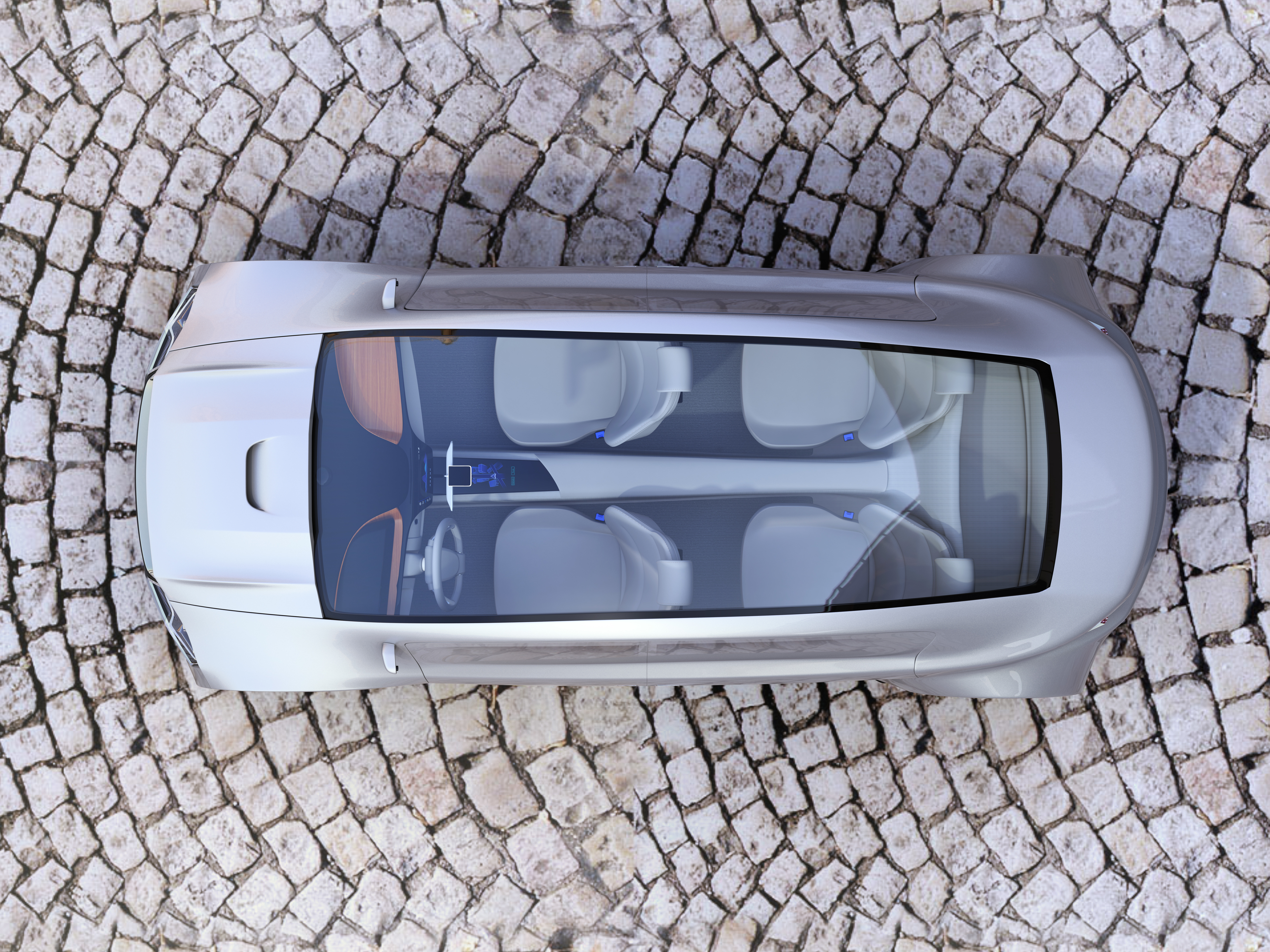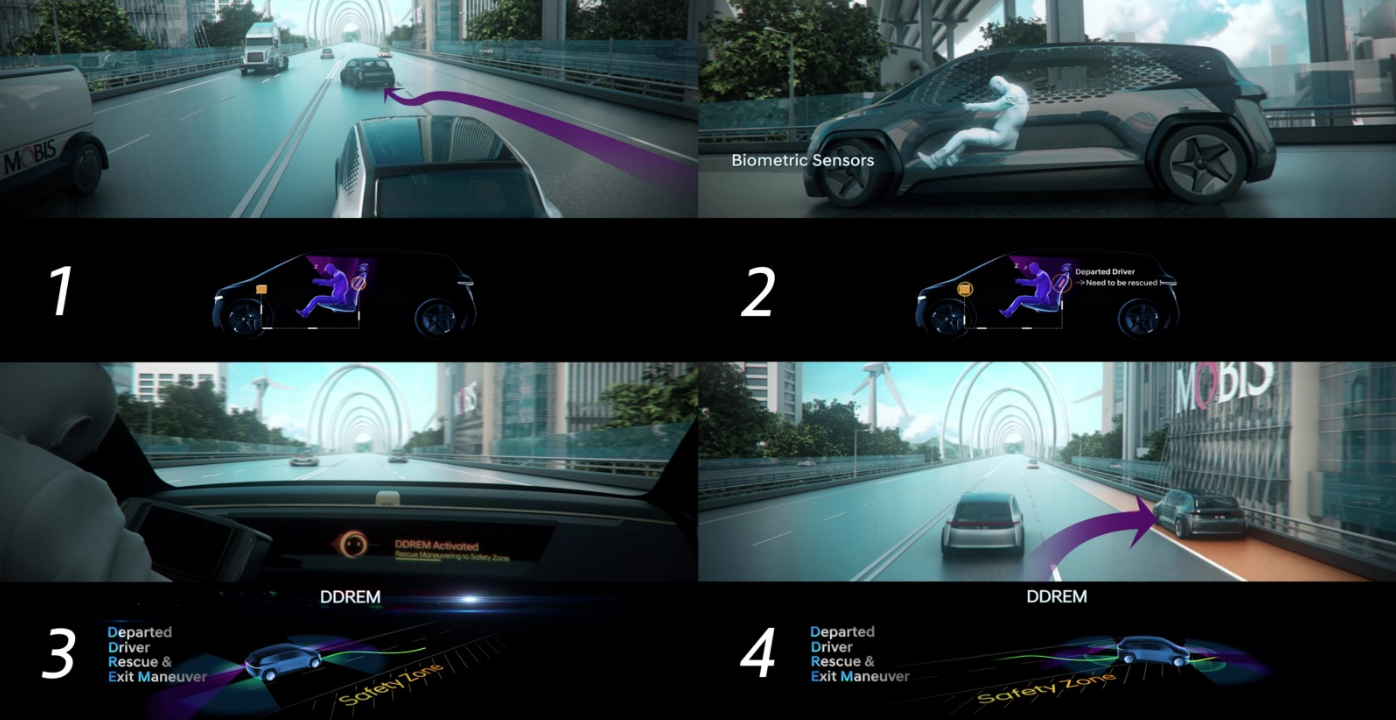Self-Driving Cars Will Change Car Insurance Forever
By Tricina Elliker
For a long time, the car industry had an unsolvable problem. Study after study has found human error is responsible for at least 90% of car accidents. When it comes to the dangers of driving, the most effective approach to creating safer roads appears to be taking humans out of the driver’s seat.
But for a long time, that wasn’t a serious option. Not on a consumer level, anyway. That’s all changing. And it’s about time. Machines, after all, don’t get distracted, intoxicated, or sleepy.
Now that technology is quickly becoming capable of the kind of complex problem solving that navigating roads requires, there’s nothing stopping us from investing in a world full of self-driving cars. Consumers seem eager to automate aspects of driving, a promising sign for car makers interested in developing self-driving models — which is, of course, all of them.
But as consumers begin planning all the ways they’ll spend their commutes when they no longer have to actually drive, every industry surrounding transportation should start planning how they’ll diversify and adapt. This entrance of the self-driving car is also poised to force the auto insurance industry into a big reinvention.

Autonomous features are standard features
The transition from human-driven to car-driven vehicles will be less dramatic than most car owners probably expect. Most people won’t just go to the dealer one day and replace their traditional car for a self-driving pod that looks like it comes from a Jetsons reboot.
The truth is that cars on the road today already boast autonomous features, creating room for a gradient that will undoubtedly smooth the transition to driverless cars. Many manufacturers are using cameras placed strategically around the car’s frame along with radar, lidar, or ultrasonic technology to help drivers stay in lanes, maintain a safe distance from other cars, and trigger emergency stops.

Hyundai’s heavily hyped Departed Driver Rescue & Exit Maneuver system is one of the most impressive features. Hyundai is taking the idea of autonomous safety features to a new level. Capable of recognizing a drowsy person, the car will automatically put itself under software control, and (guided by cameras and GPS) move to a safe location off the road.
Completely-self-driven cars still make many consumers nervous, but that’s likely to change as they gradually to get comfortable with more and more autonomous driver augmentations. As manufacturers continue to build more and more autonomous features into cars and invest more in developing the technology for fully autonomous vehicles, it’s clear that a big shift in transportation is coming. The next few years will be a new frontier for insurance industries as we grapple with the changes.
The future of insurance
Currently insurance companies insure drivers, the cause of the majority of accidents. But as autonomous features reduce accidents and drivers no longer require the same kind of coverage, the auto insurance industry will have to find other ways to create value.
The upheaval could be significant. Premiums could begin to plummet as soon as 2026, and by 2035, this $200 billion industry could be down by $25 billion. Brands who don’t prepare for the coming shifts will scramble to find new revenue streams.
Meanwhile, OEMs (original equipment manufacturers) are likely to step in, morphing and expanding their current warranties to make driver’s insurance as we know it now essentially obsolete. As various industries surrounding transportation react and adapt to the coming shift, so too will governments and other regulators.
And while this coming chaos might challenge the industry and bring swift changes, this time will also be a chance to find new ways to do business. Insurers have plenty of processes and data that could be valuable to auto industry as a whole. Partnering with automakers, software providers, and other private and public organizations could give insurers the chance to continue serving the industry, in new ways.
No one quite knows how self-driving cars are going to become a part of our day-to-day lives, or when, but it’s clear autonomous vehicles are imminent. How auto insurance providers choose to adapt in these next few years will shape transportation for a long time.






